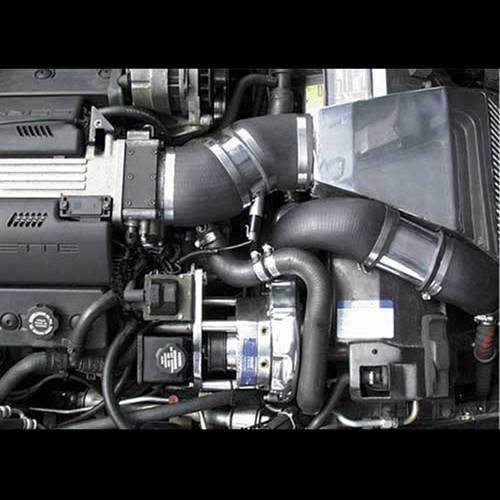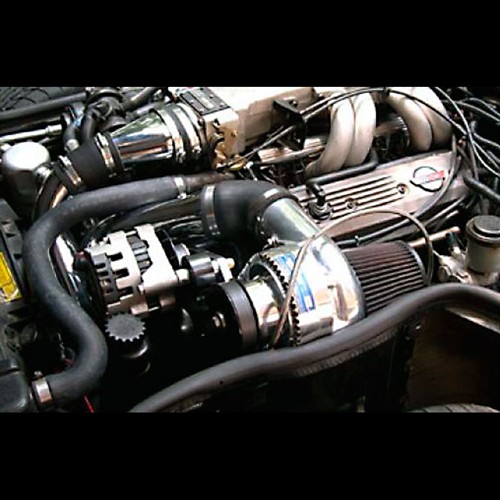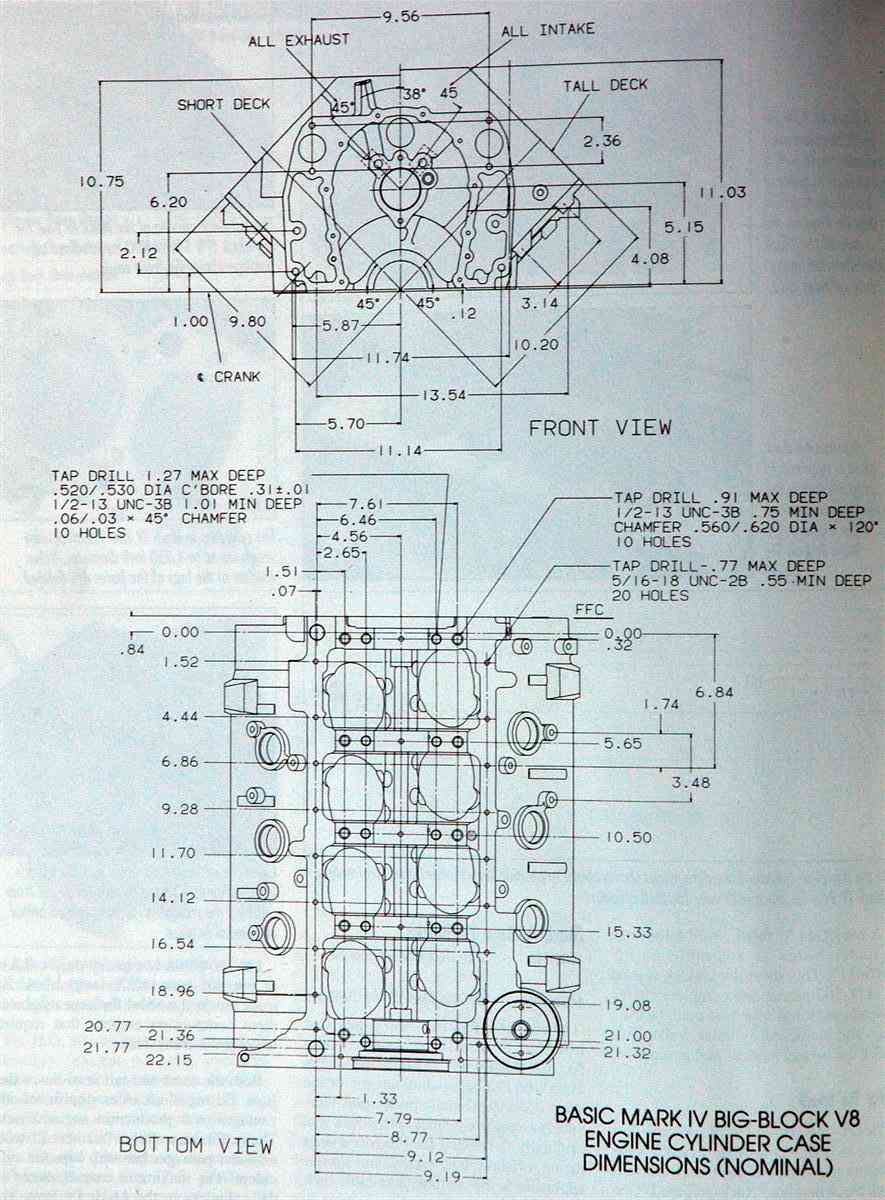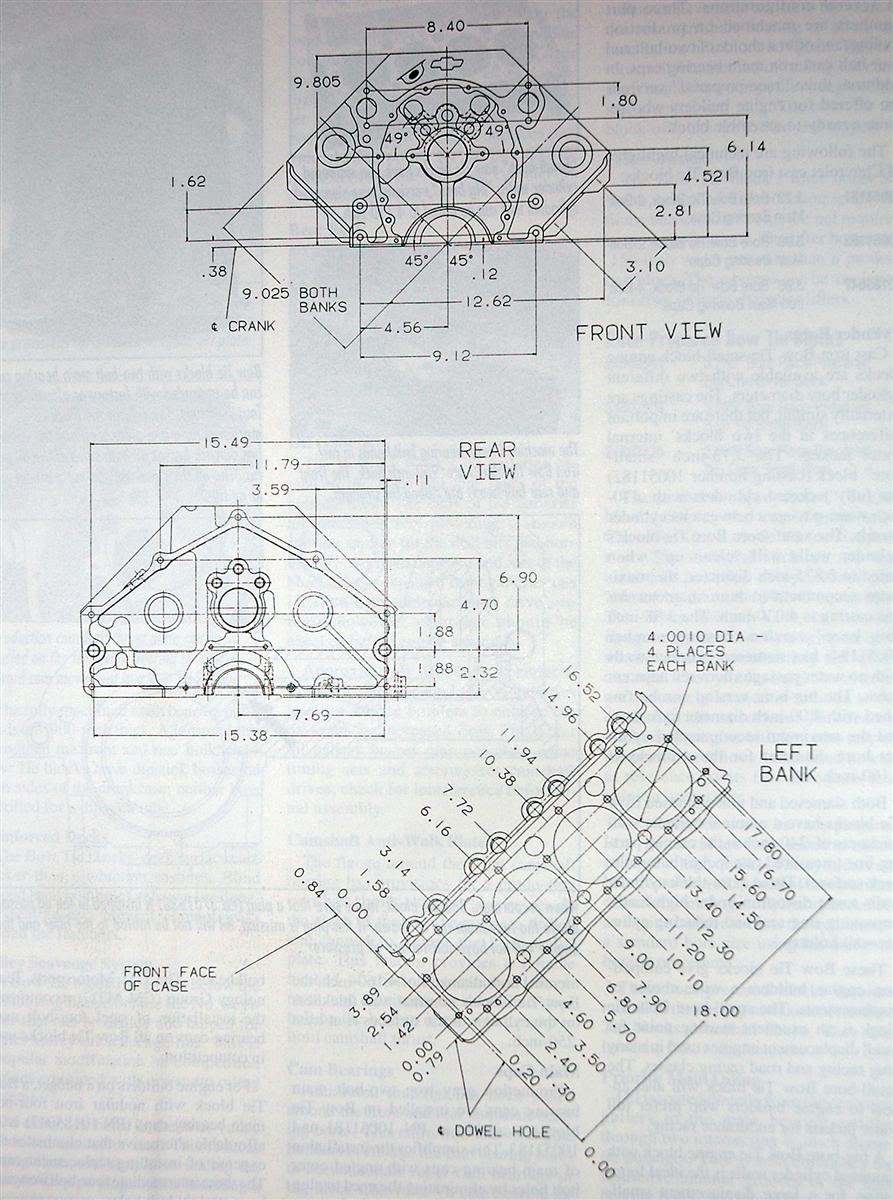I've had my 94 coupe for a few months now and am very pleased with nearly everything about the car.
I would however like it to have modern day levels of hp.
I'd like a radio upgrade and perhaps new seat leather.
This car is in amazing shape for its age. It is just clean top and bottom. It is a lot of fun to drive.
The motor is really clean inside and out. The heads still look like the day they were put there.
I'm not sure that is the right thing to do to this car.
She is still nearly 100% original.
Is that worth worrying about in a car of this type???
Looks like the procharger kit for mine runs about 6K.
They claim it is doable by mortal.
I am fairly handy, this does not look too complicated.
How would that compare to having a shop do the heads, cam and headers?
Id point out that you can get rather impressive power increases from the replacement of some of the more restrictive components , but to do it correctly you'll benefit a great deal from some careful and rather detailed research into both what your trying to accomplish and the results other people have gotten as they tried to do similar mods to similar cars.
keep in mind its a whole lot cheaper to learn from other peoples mistakes and learn what works from other peoples successes that go through a rather expensive and time intensive system of trial and error by testing the result YOU get from installing parts and that a few weeks of detailed research could rather easily save you many thousands of dollars in wasted effort .
Id also point out that a great deal of the cost youll encounter will be labor related if you don,t do the physical mechanical work yourself, and that more than a few machine shops are known to do expensive but sub par quality work, so avoiding them is part of the challenge you'll face modifying your car.
In short , knowing exactly what you want to accomplish, what parts will be required and exactly what will be involved in installing and adjusting them will be critical to having the car run like you intend it to and at a cost you can afford!
If you can follow instructions, I have little doubt anyone with moderate mechanical skills and common tools could assemble and install a centrifugal super charger, simply because its just physically not that difficult, but remember to get it working correctly what they may not tell you is
theres frequently other required changes,
if you want the engine to last,
and car to take full advantage of the new power.
you need a low restriction exhaust
you'll need larger flow rate injectors
it helps to have forged piston's and crank and rods
its HIGHLY advisable to open the ring end gaps slightly
you'll need a better high flow fuel pump to supply those injectors
you'll need an ignition that controls advance in relation too boost
you'll need to run HIGH TEST OCTANE GAS
You"ll USUALLY NEED, better brakes
You"ll USUALLY NEED, a different rear gear ratio
You"ll USUALLY NEED,a different converter stall speed
You"ll USUALLY NEED a larger more efficient radiator
You"ll USUALLY NEED a 7-8 quart baffled oil pan
You"ll USUALLY NEED a , oil cooler

http://www.shopsupercharger.com/p-1...-kit-by-procharger-ho-intercooled-system.aspx

http://www.shopsupercharger.com/t-choosing-supercharger-kit.aspx
http://www.superchevy.com/how-to/en...chevy-mini-blower-test-danger-mouse-part-ten/
Last edited:


